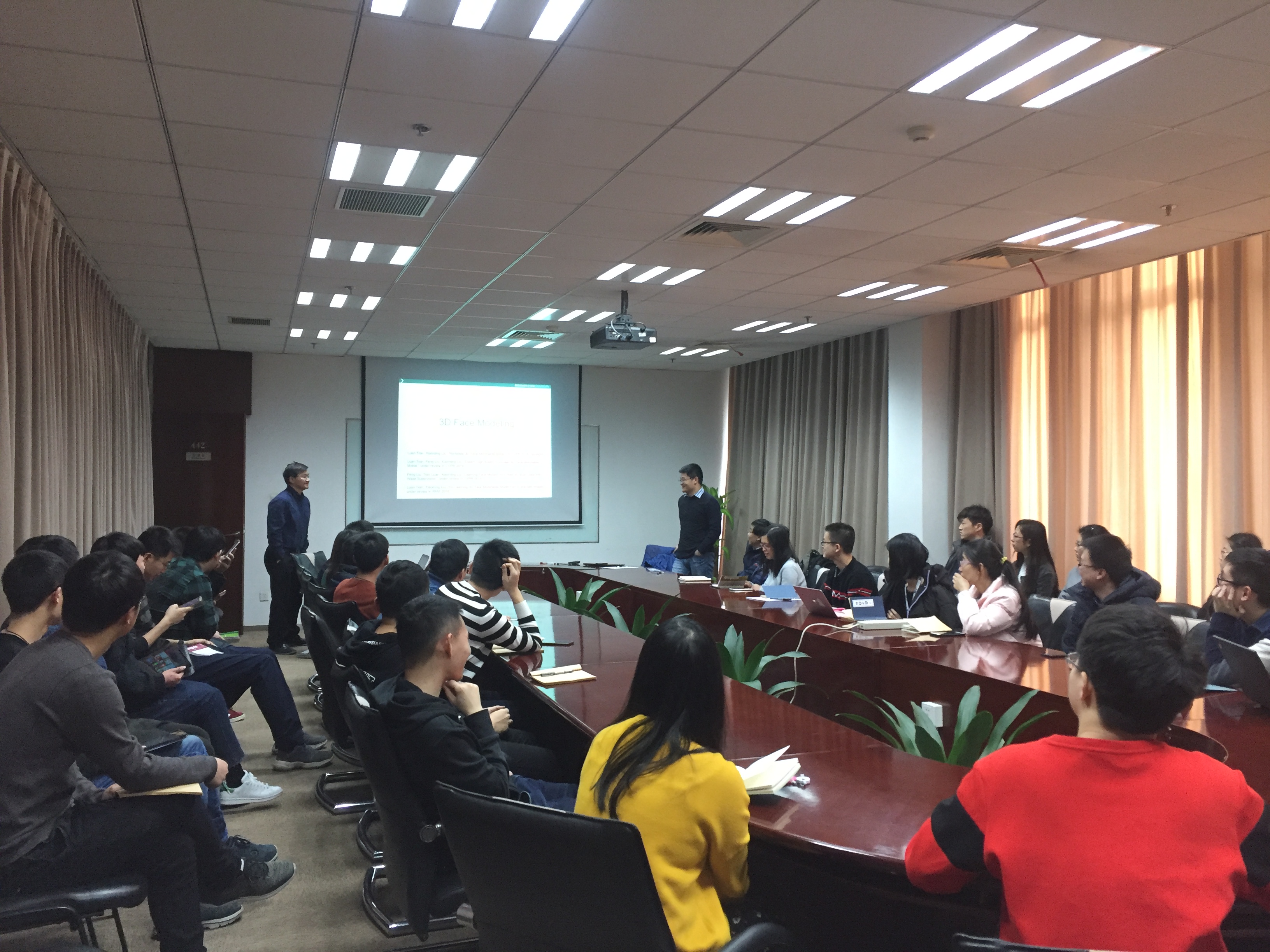
报告题目:3D Face Modeling, Reconstruction and its Role in Face Recognition
时间:2月18日(周一)上午10:00-11:00
地点:计算所446会议室
报告摘要:
After many years of face recognition research, one question in the community is how to push face recognition to the next level. We view that utilizing 3D geometry information in the recognition pipeline is one potential avenue to grow. This talk will present some of our recent work in 3D face modeling from a collection of in-the-wild images, or raw scans. We will also discuss how the increasingly accurate 3D geometry information may benefit face recognition systems.
报告人简介:
Xiaoming Liu is an Associate Professor at the Department of Computer Science and Engineering of Michigan State University. He received the Ph.D. degree in Electrical and Computer Engineering from Carnegie Mellon University in 2004. Before joining MSU in Fall 2012, he was a research scientist at General Electric (GE) Global Research. His research interests include computer vision, patter recognition, biometrics and machine learning. He is the recipient of 2018 Withrow Distinguished Scholar Award from Michigan State University. As a co-author, he is a recipient of Best Industry Related Paper Award runner-up at ICPR 2014, Best Student Paper Award at WACV 2012 and 2014, and Best Poster Award at BMVC 2015. He has been an Area Chair for numerous conferences, including FG, ICPR, WACV, ICIP, ICCV, and CVPR. He is the Co-Program Chair of BTAS 2018 and WACV 2018 conference. He is an Associate Editor of Neurocomputing journal and Pattern Recognition Letters. He is a guest editor for International Journal of Computer Vision (IJCV) Special Issue on Deep Learning for Face Analysis, and ACM Transactions on Multimedia Computing, Communications, and Applications (TOMM) Special Issue on Face Analysis for Applications. He has authored more than 100 scientific publications, and has filed 26 U.S. patents. His work has been cited over 5000 times according to Google Scholar, and has an H-index of 40.



附件:
